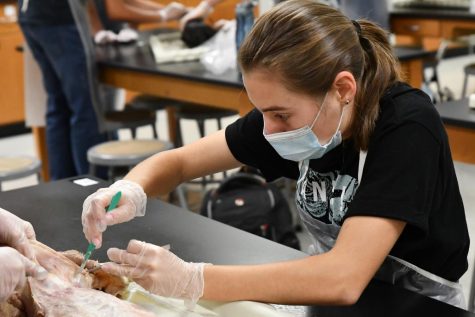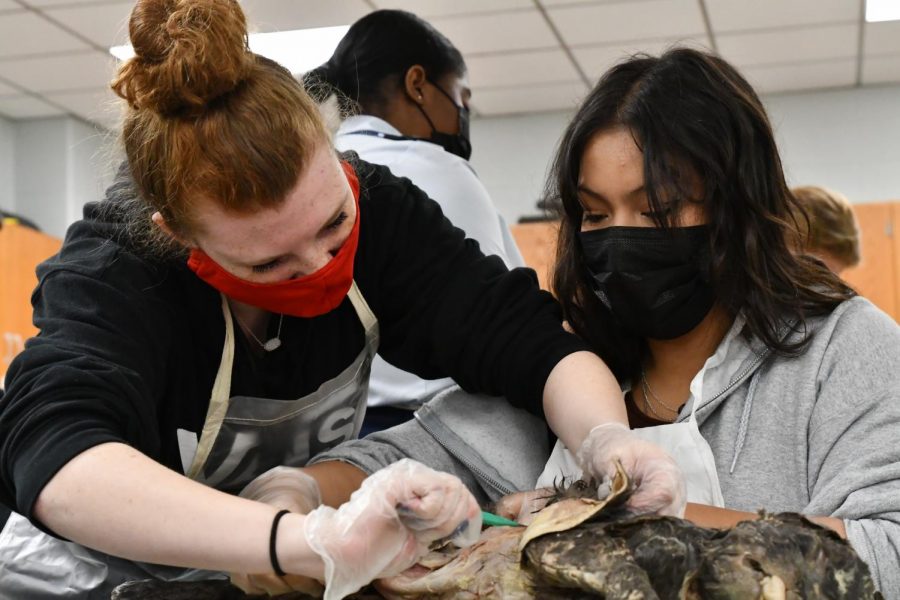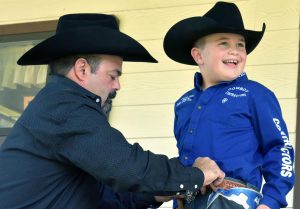Cat dissections offer anatomy students hands-on experience
May 4, 2021
Students in anatomy class dove deep into the structure of what makes up a feline this semester. In groups of three or four, students received one cat to dissect. The lab took approximately six days, depending on the group and how long it took to skin the cat.
Some students were not excited about it yet the majority said they enjoyed the experience and found it interesting. The biggest challenges were skinning the cat and dealing with the smell during the dissections.

While skinning, they had to do so in a way in which they wouldn’t damage any of the organs inside. Nevertheless the students admired getting to remove several of the organs to examine them.
“The students seem to enjoy removing organs and cutting open individual organs like kidneys, heart, stomach and lungs,” teacher Joshua Jackson said.
During the dissection, students learned what it looks like when a cat is pregnant.
“I usually have a pregnant cat in several of my classes,” Jackson said. “When they open the cat’s abdomen they see the uterus and then discover four to six kittens in the uterine horns of the cat.”
In addition to pregnant cats, the system behind many of the other organs in the feline caught the attention of students.
“We learned about various structures such as certain muscles, veins, organs and their locations,” Nelson Gonzalez, 12, said.
Following the dissection, the class had to insert the cat back into its plastic bag, clean the platform the cat was placed on, as well as the table underneath the platform, and the tools used to dissect. Lastly they disposed of the gloves and apron safely.
Despite challenges, there were a lot of highlights during the dissection. The majority of seniors got to hold the cat’s heart, lungs, esophagus, and trachea.
“It allowed me to understand how complex yet compact one small region on a small animal is, and it gave me a deeper understanding and appreciation for living creatures,” Gonzalez said.













